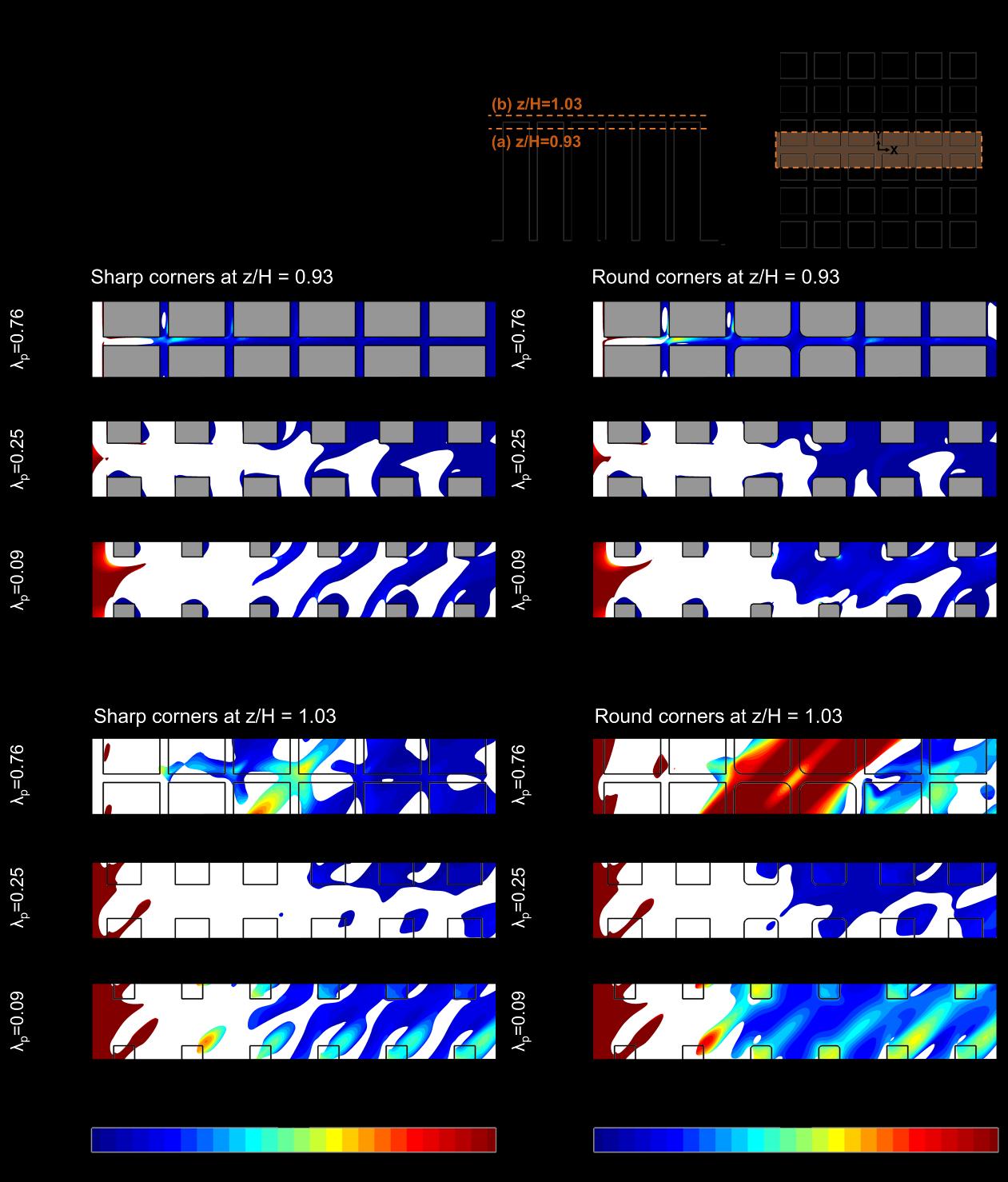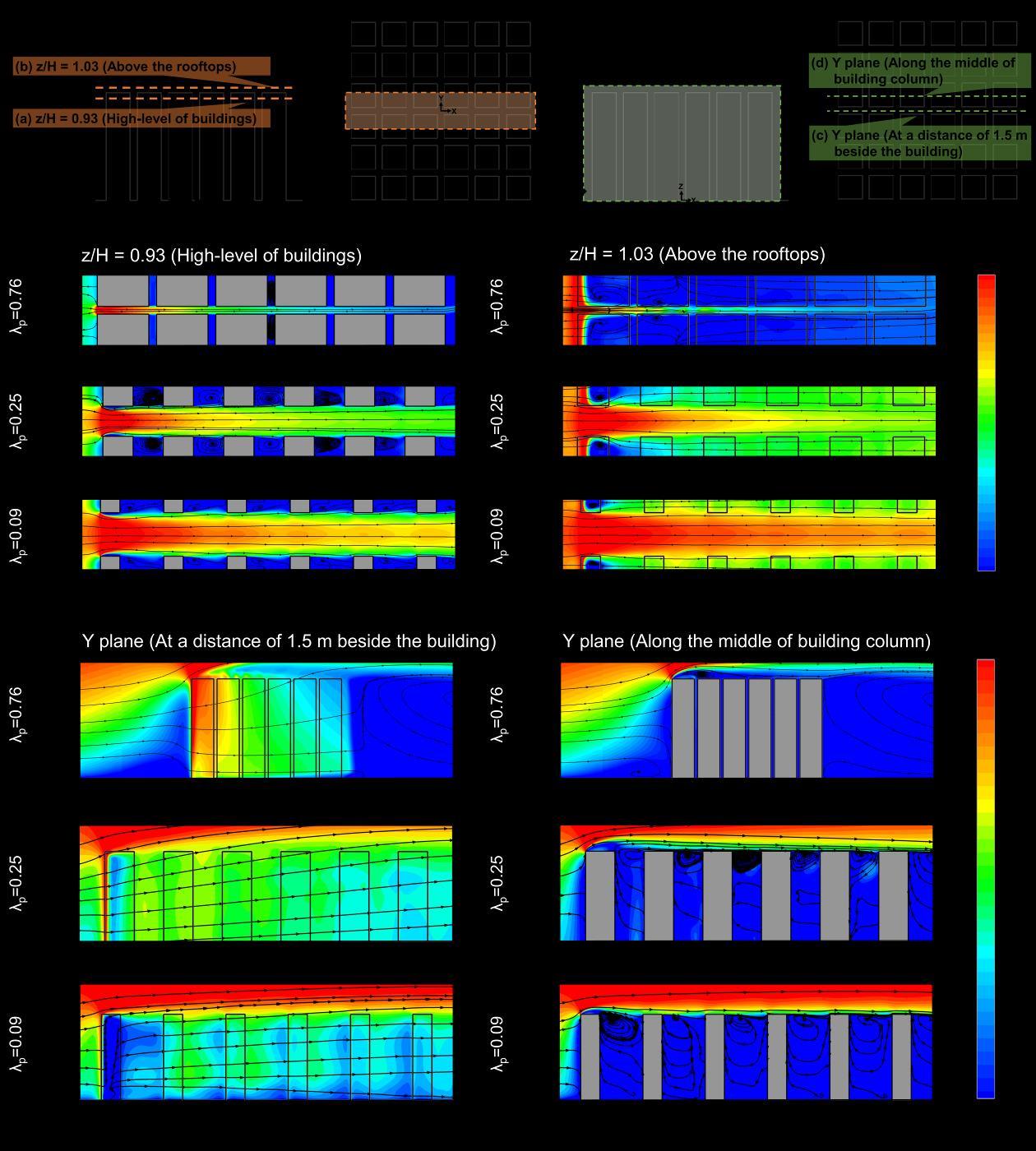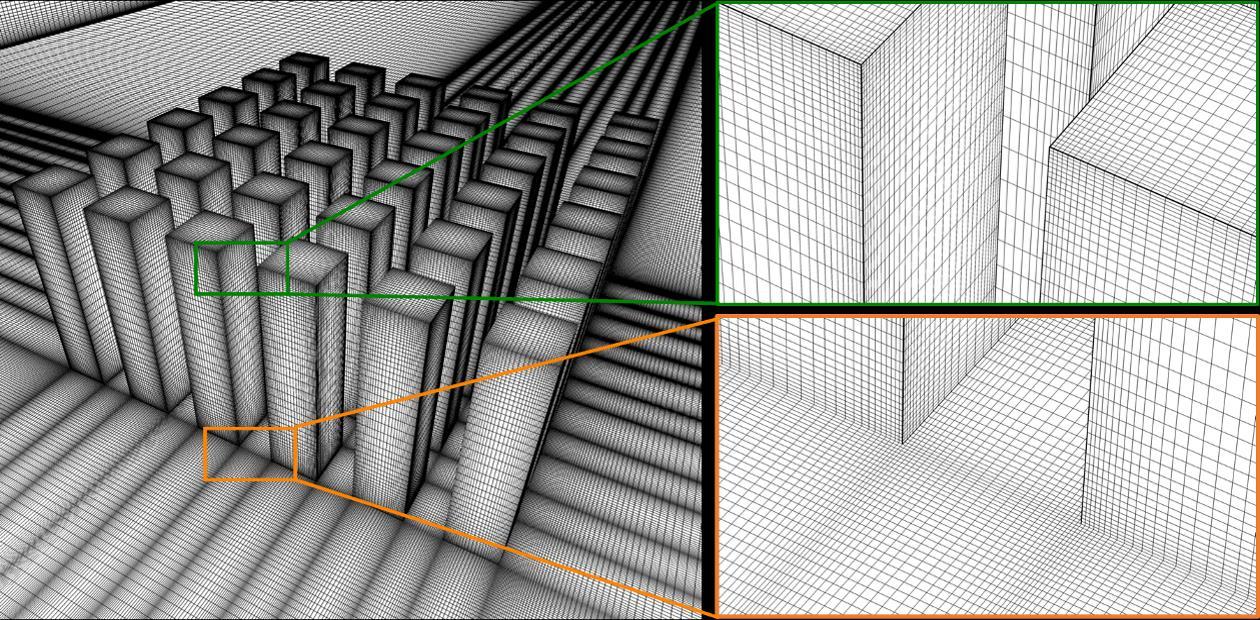
1 minute read
2.6 Limitations of the study
Urban wind energy potential: Impact of building arrangement and height 37
Fig. 2.20 shows the profiles of the dimensionless power density for different wind directions along the centerline at z/H = 0.97 and 1.03 for the aforementioned cases. Overall, the normal wind direction of 0° has the highest maximum PD/PDref for the four selected cases. For θ = 22.5°, the maximum PD/PDref values are 34%, 38%, 36% and 12% lower than that with θ = 0° for the four selected cases at z/H = 0.97, respectively. For θ = 45°, this decreases by 56%, 30%, 47%, and 33% at z/H = 0.97, respectively. In addition, the maximum PD/PDref results for wind direction 45° are 33%, 17%, and 25% lower than those of 22.5° for Case Ref, Case D3 and Case H-2 at z/H = 1.03, respectively. The wind direction of 45° produces the highest maximum PD/PDref along the rooftop for four selected cases. This is caused by the much lower wind blockage by the building and the reduced flow separation bubble on the roof and corners at an oblique wind direction of 45°, facilitating the flow accelerations on the building rooftops.
Advertisement
Figure 2.20. Profiles of dimensionless power density along horizontal lines at (a-d) z/H = 0.97 and (e-h) z/H = 1.03 for different wind directions (0°, 22.5°, and 45°) for selected cases: Case Ref, Case W4, Case D3 and Case H-2.
The limitations of this study are as follows:






